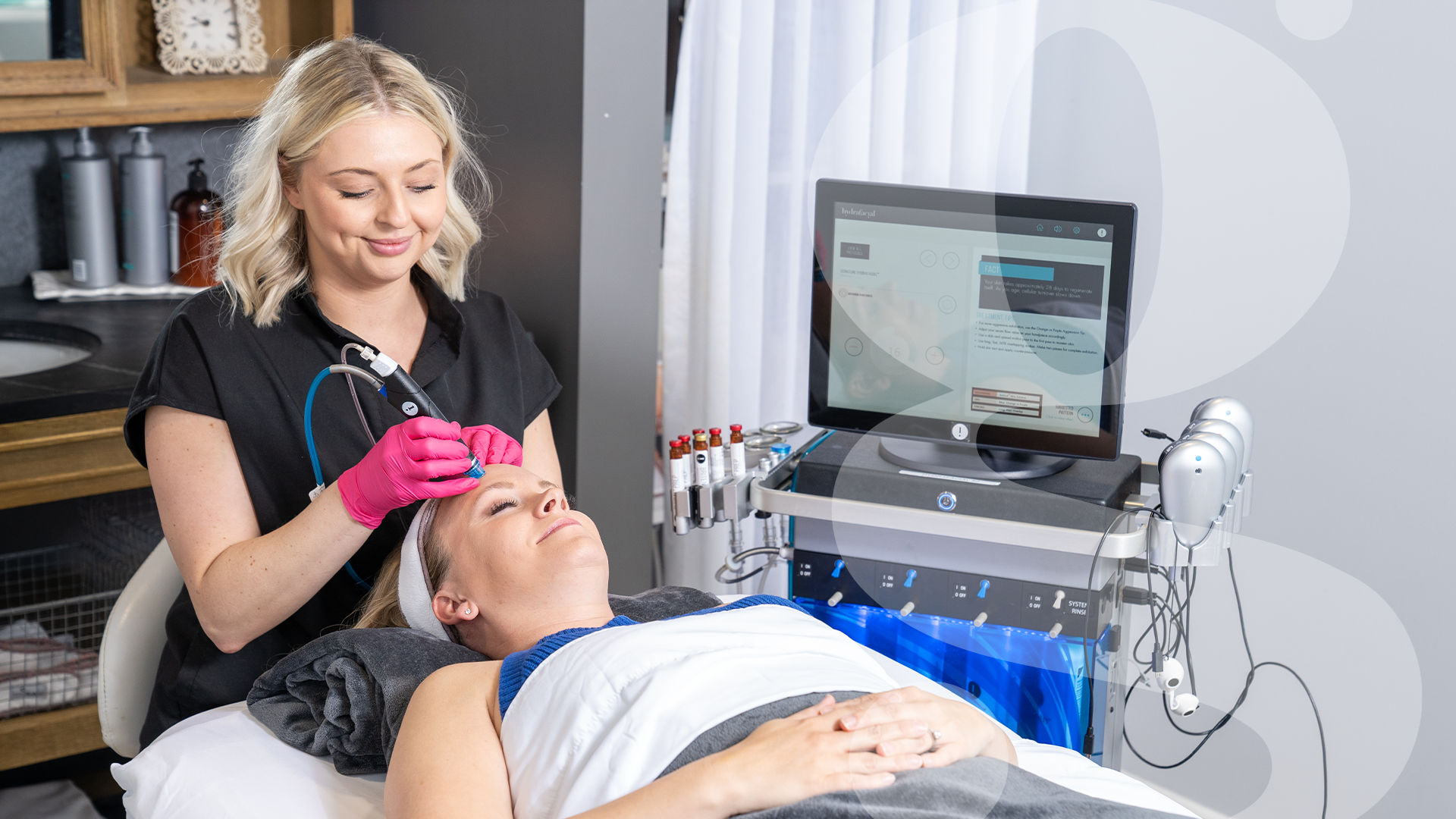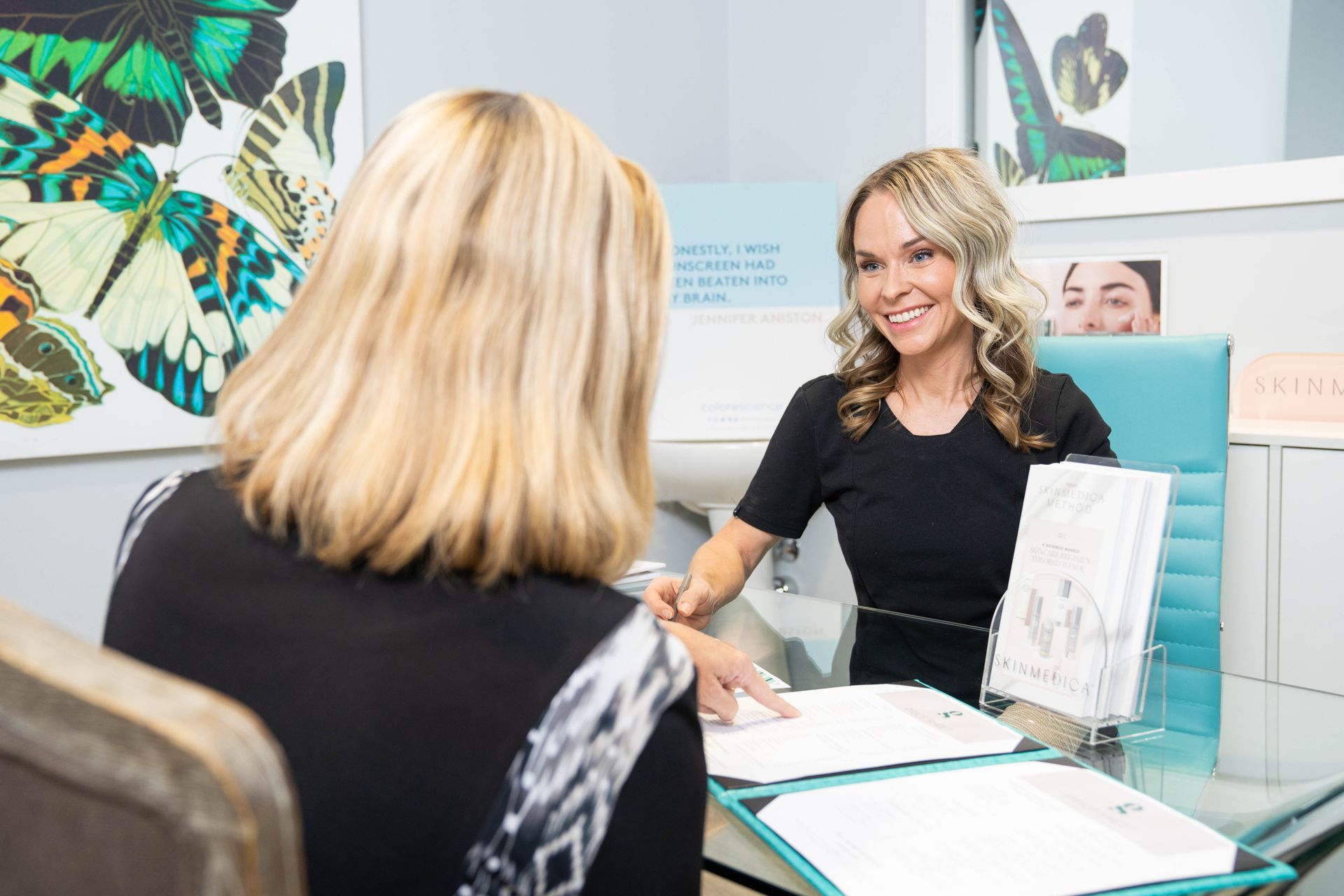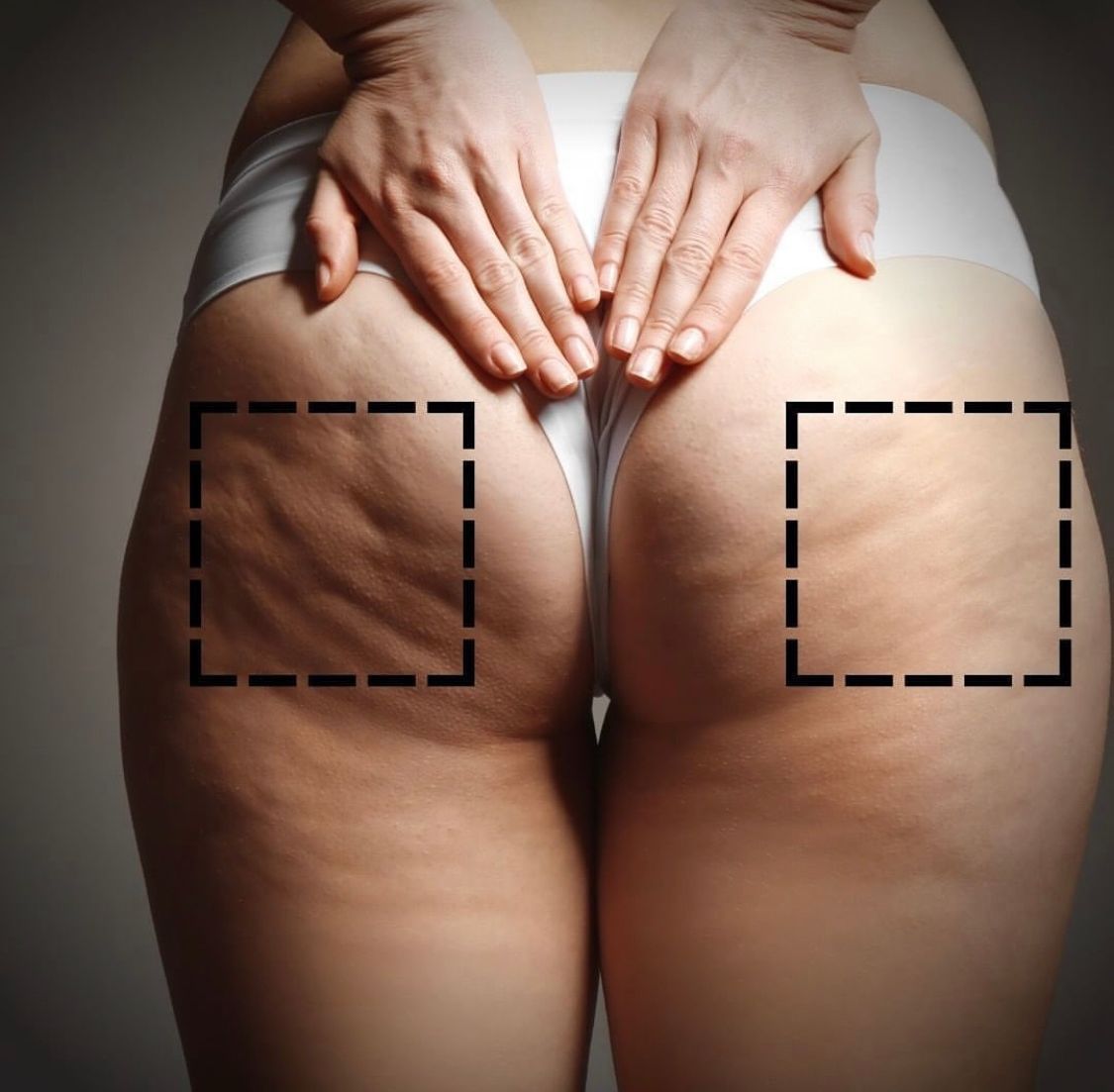Vein Disease and Deep Venous Thrombosis
 In honor of national DVT Awareness Month I thought I would share a little information on how the increased risk for deep venous thrombosis (DVT) is associated with vein disease. Vein disease is not just about being vain! Many serious consequences can occur if vein disease is left untreated. Each of us is genetically unique, and how vein disease will impact us can be very individual. One potential risk factor associated with vein disease is an increased risk for a deep venous thrombosis. A DVT is a blood clot in the deep veins of your legs. These clots can break free and cause damage somewhere else in your body. When blood pools in your legs, it causes swelling. When blood doesn’t flow freely, it wants to clot. When you treat venous insufficiency, the swelling goes down and there are fewer places for the blood to pool.
In honor of national DVT Awareness Month I thought I would share a little information on how the increased risk for deep venous thrombosis (DVT) is associated with vein disease. Vein disease is not just about being vain! Many serious consequences can occur if vein disease is left untreated. Each of us is genetically unique, and how vein disease will impact us can be very individual. One potential risk factor associated with vein disease is an increased risk for a deep venous thrombosis. A DVT is a blood clot in the deep veins of your legs. These clots can break free and cause damage somewhere else in your body. When blood pools in your legs, it causes swelling. When blood doesn’t flow freely, it wants to clot. When you treat venous insufficiency, the swelling goes down and there are fewer places for the blood to pool.
n n
The National Institute of Health states that over 50{d855275bb5a53a691922ddbe09fd77e36a4f35d1f88aaf3bcf40ae4b44ffef7b} of patients with a DVT have no sign or symptom of the blood clot. It also states that sometimes the first sign of a DVT is a blood clot in the lungs. This can be a serious or even fatal occurrence. This was very informative because most doctors, and the public, have the perception that you will always know when you have a DVT. The fact is that most will not have any symptoms. It is important that your DVT risk factors are taken into consideration when making treatment decisions. When we treat patients with complex vein disease, it is known that the risk for DVT will decrease and leg health will increase. There are so many reasons to be proactive about treating vein disease. Decreasing your risk of a DVT, especially if you have other risk factors, should be an important consideration. Yes, you may look better in a pair of shorts after treatment, but that just is a happy bonus. The many health benefits far outweigh the cosmetic bonus.











